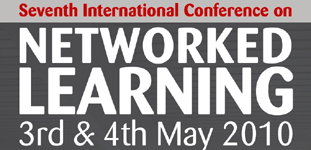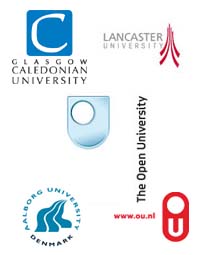

One more tool – or exploring the practice of introducing new technologies in dispersed communities
Patricia Arnold
Faculty of Applied Social Sciences, University of Applied Sciences Munich, Munich, Germany
John Smith
Learning Alliances, Portland, United States,
Beverly Trayner
Independent, Grass Valley, CA, United States
Abstract
In this paper we share our reflections on the process of introducing a new tool or technology into a learning community. We take a community of practice perspective on learning and propose that the way a new tool changes a community’s practice requires us to pay attention to changes in the nature of the relationships of people in the community, particularly to who is “in” and who is “out”. It also requires us to pay attention to the learning agenda or the domain of the community as it is reshaped by new voices and changing practices brought about by introducing a new tool. This means that introducing a tool is not merely a matter of facilitating its use or of training the community to use it. Rather, the introduction of new technology or a tool is a contentious issue involving the three structural elements of a community of practice: community, domain and practice. Our experience suggests that when introducing a new tool we should pay as much attention to its interaction with these structural elements as to the tool itself. If not, it will probably lead to resistance, even in unexpected quarters, to what appears to be a productive or timesaving opportunity. We ground our reflections in descriptions of two different cases: one is a global community from the public health arena and the other is a degree course in higher education. Our roles in each case respectively are community consultant and higher education lecturer. We act as technology stewards concerned with supporting and extending the community’s repertoire of tools in ways that could improve its learning and communication. The cases are currently work-in-progress and we present our reasoning about the introduction of a new technology with a view to inviting the reader backstage to engage with that reasoning in an iterative cycle of action and research. We started writing this paper with the intention of proposing design considerations for facilitators and technology stewards who are introducing “one more tool” to expand and enrich a community’s learning. We ended our inquiry by seeing ourselves as convenors of new and different voices that might change and contest the domain and practices of a community through the introduction of just one more tool.
| About NLC | Welcome Messages| Acknowledgwments | Conference Proceedings| Keynote Speakers| Index of Presenting Authors| Contact |